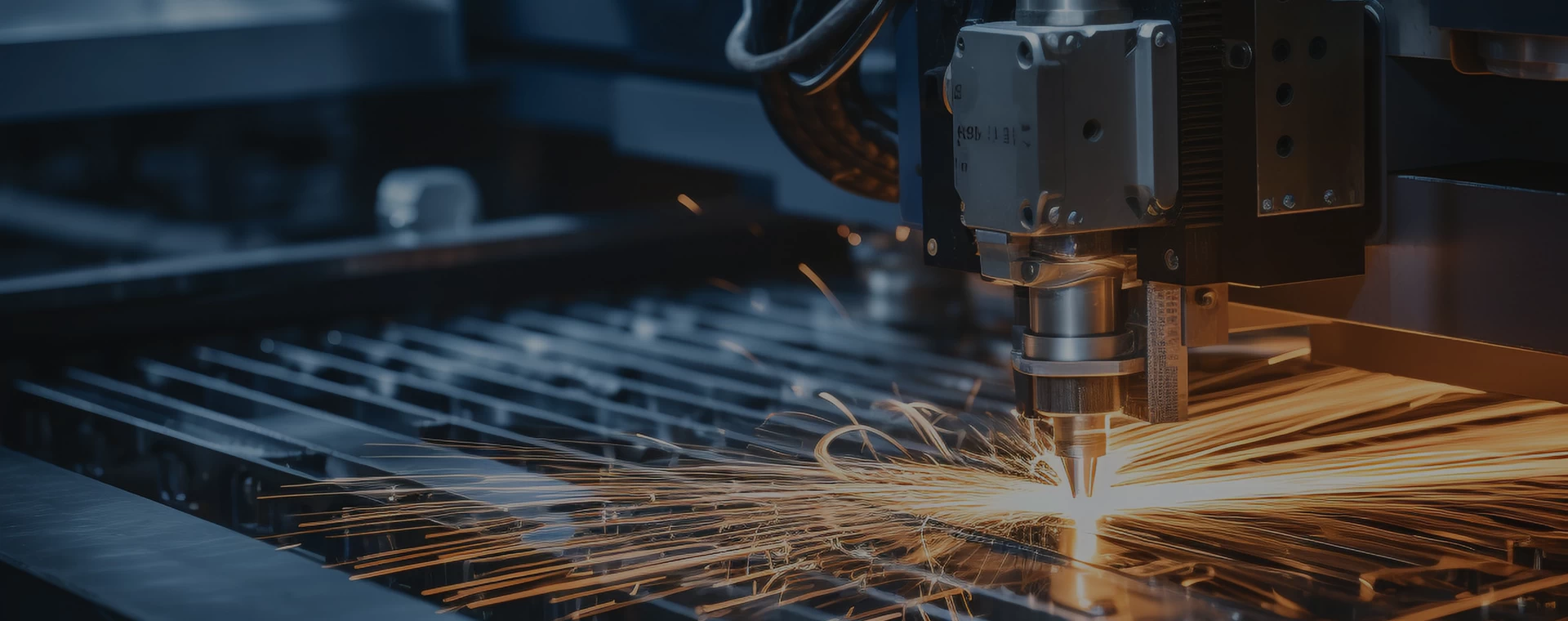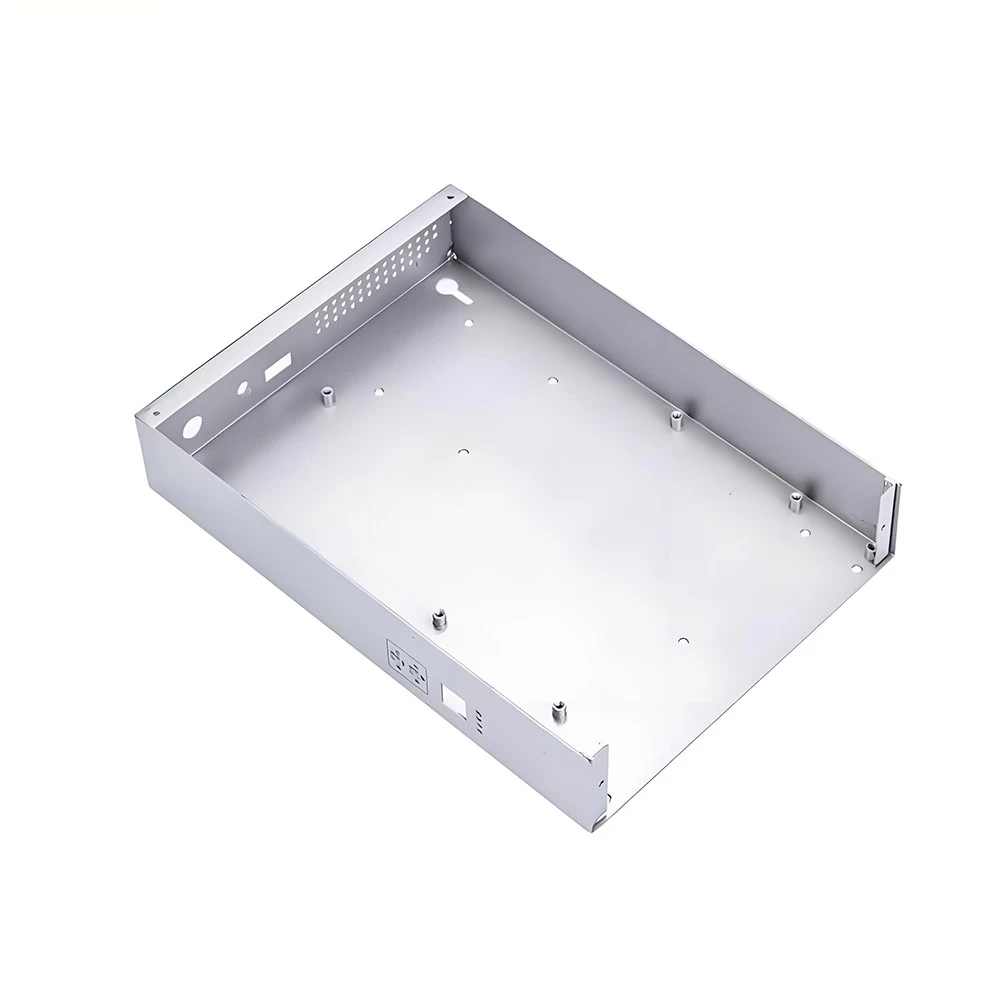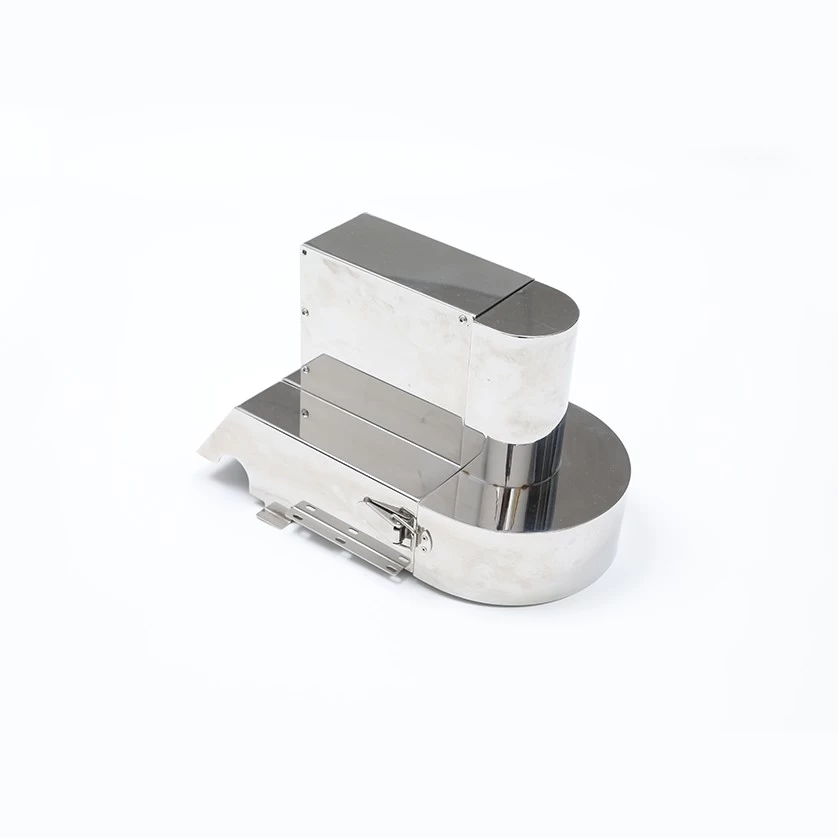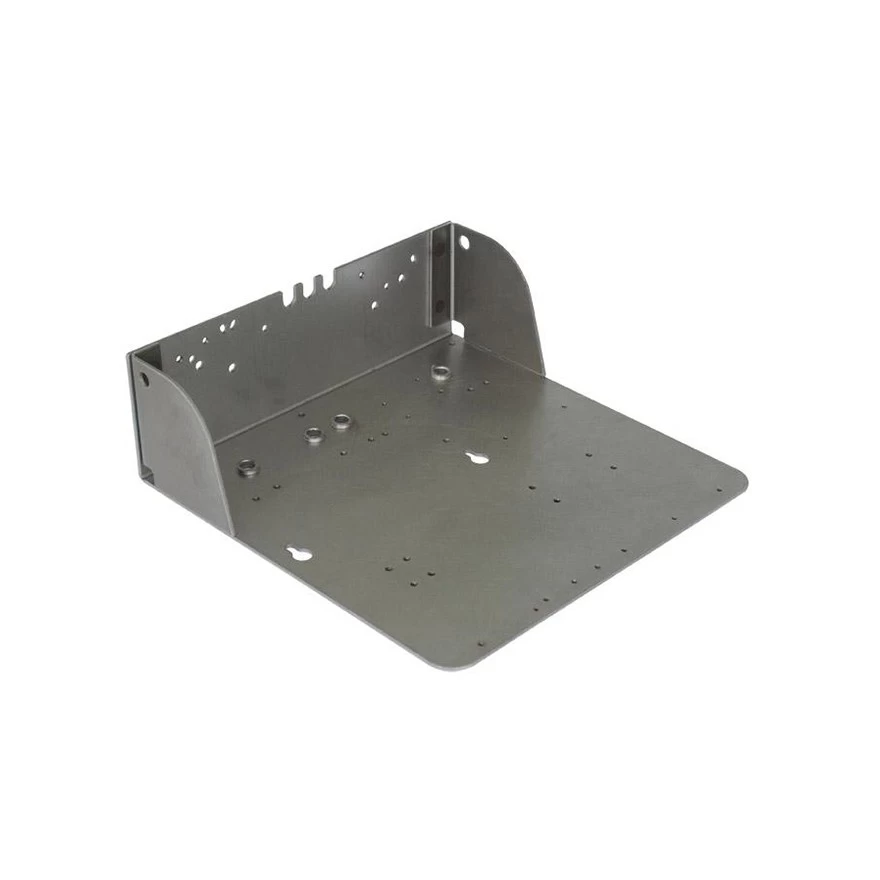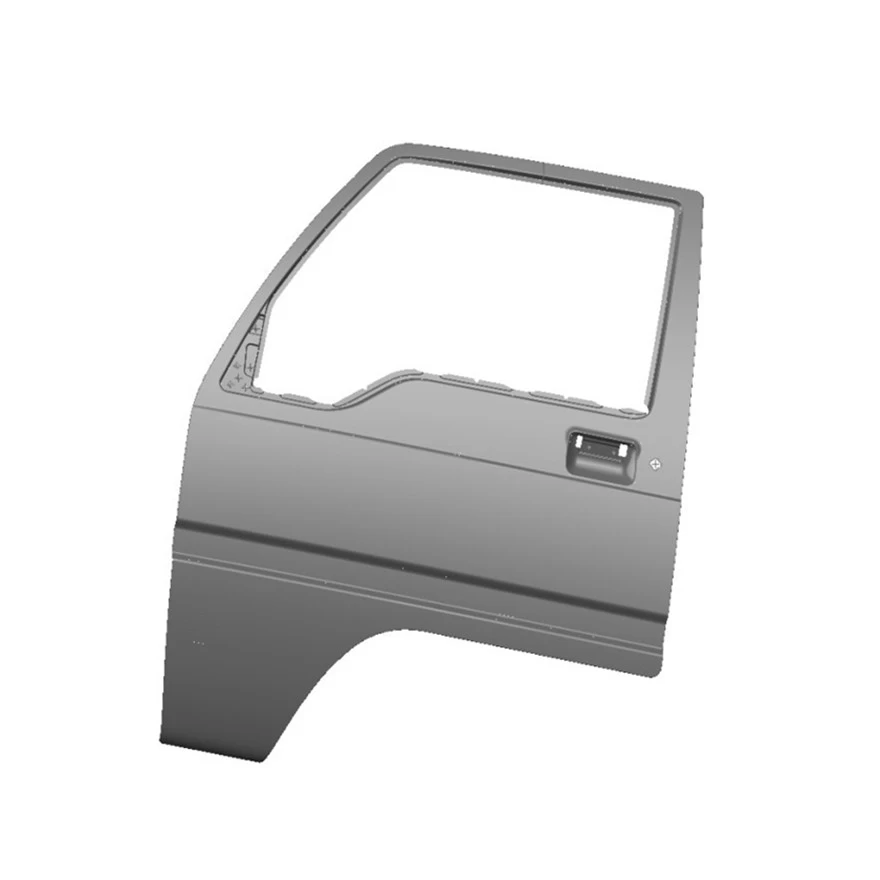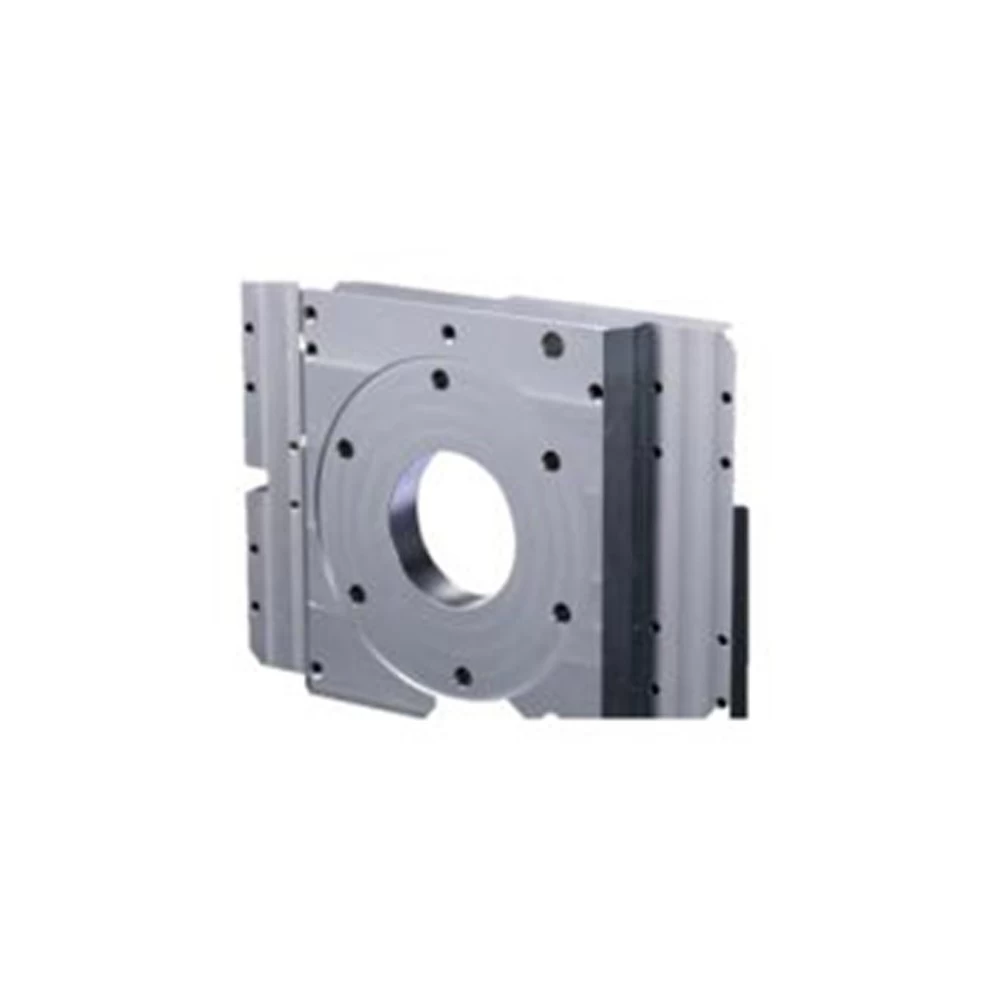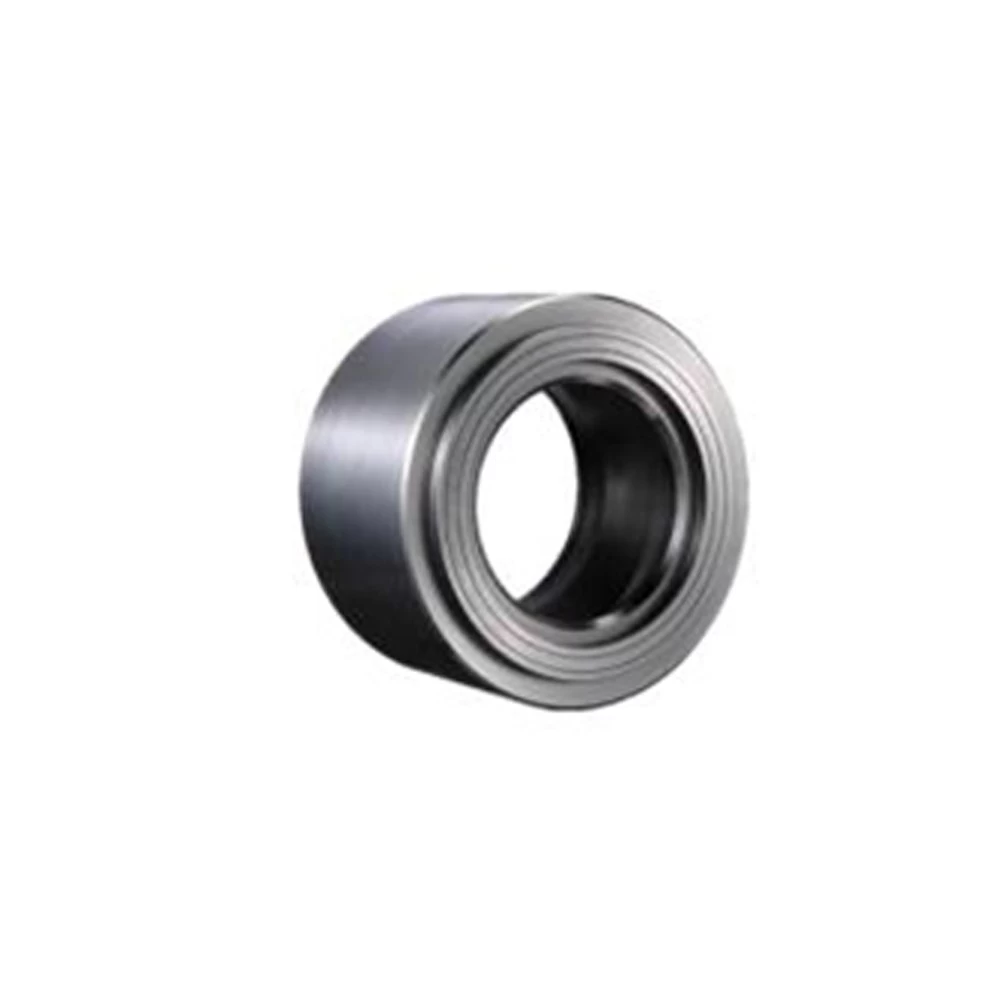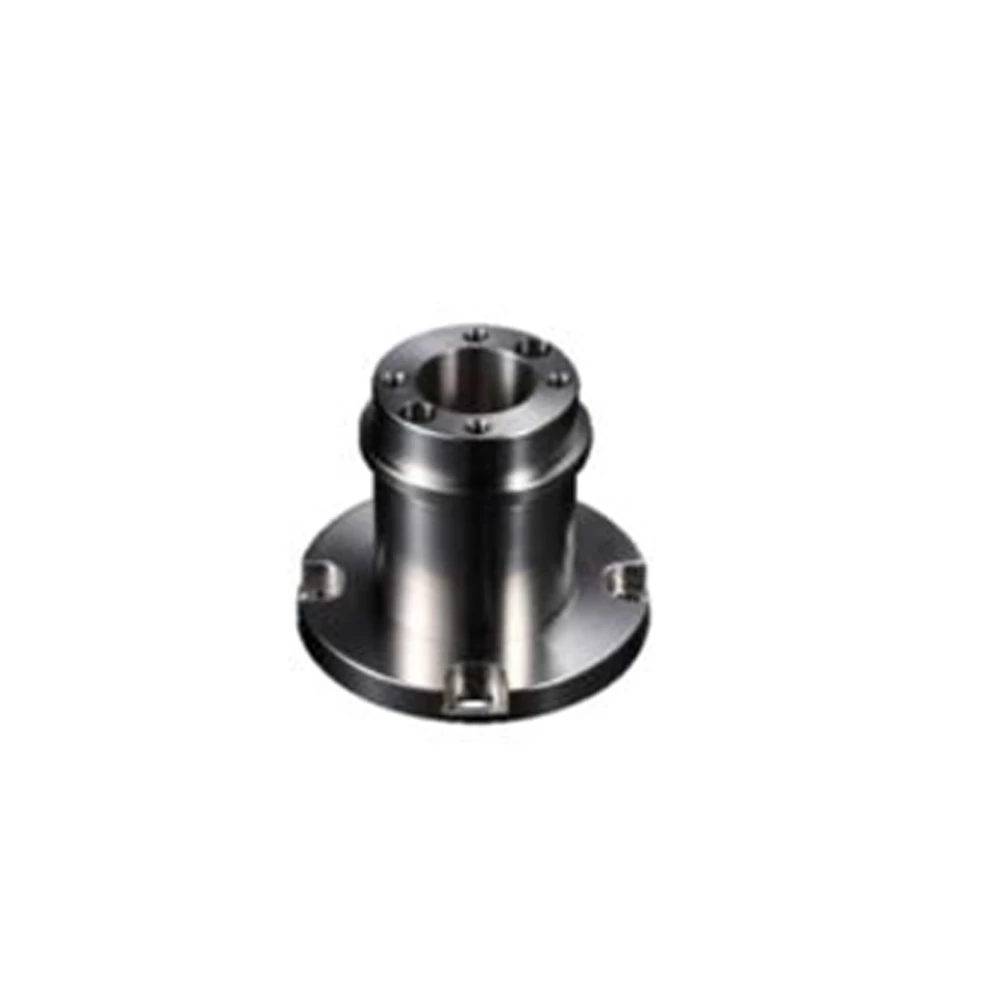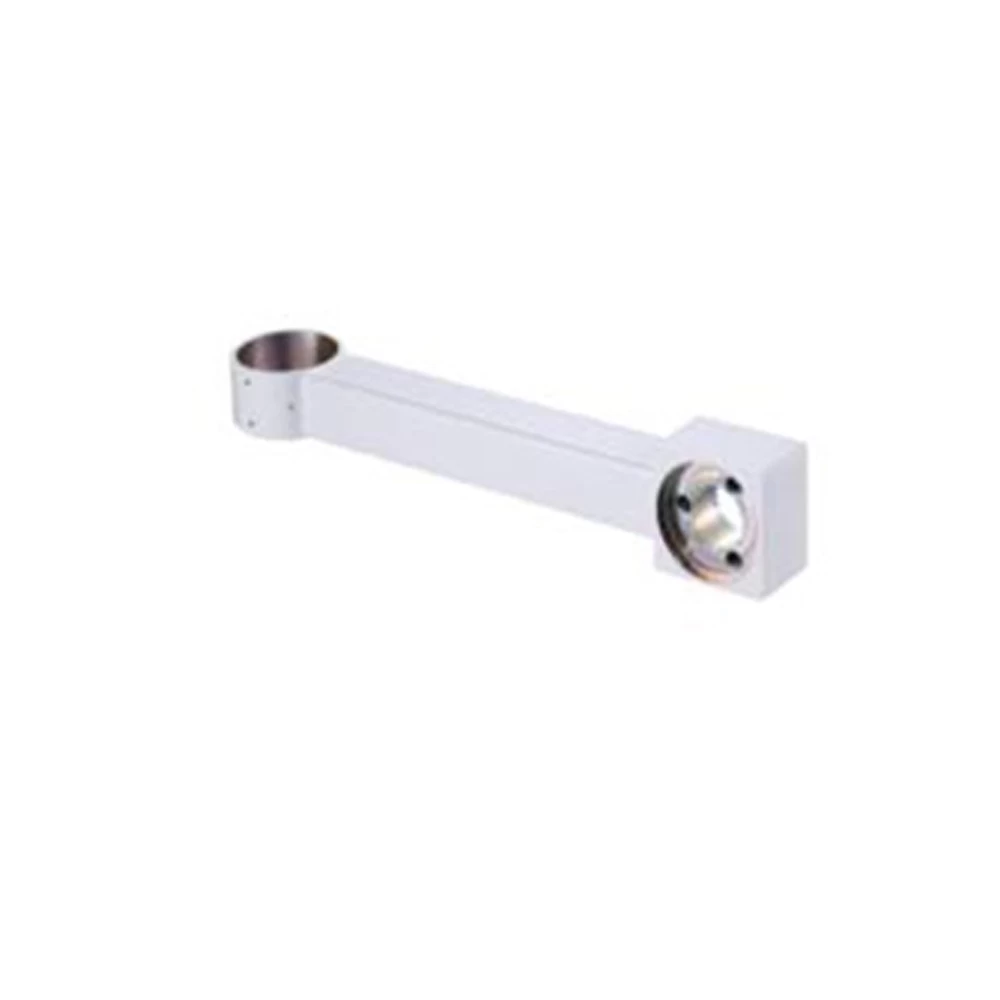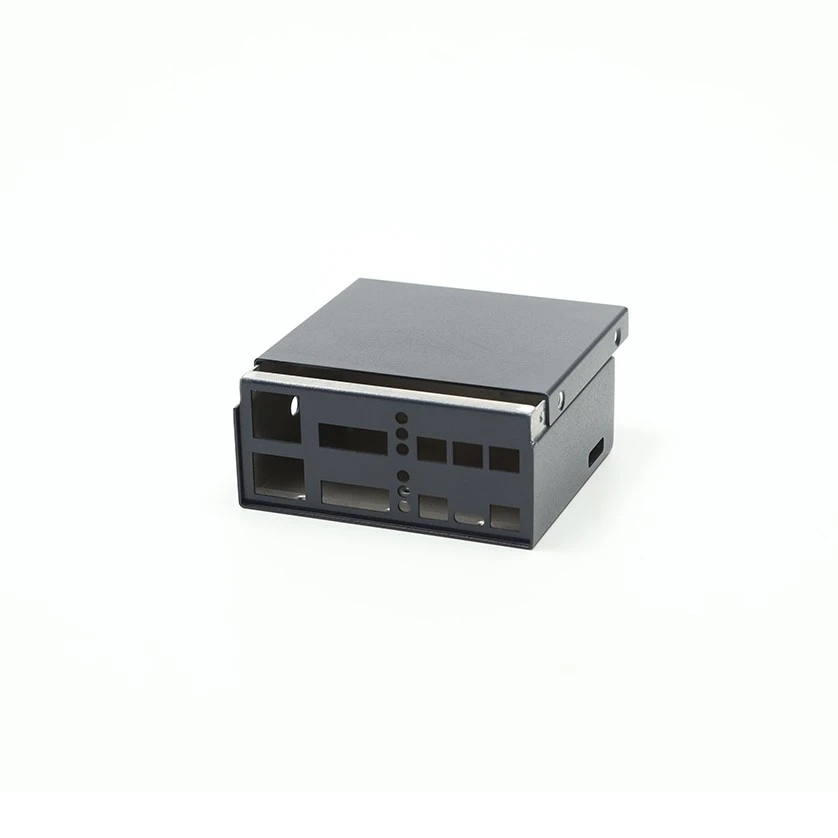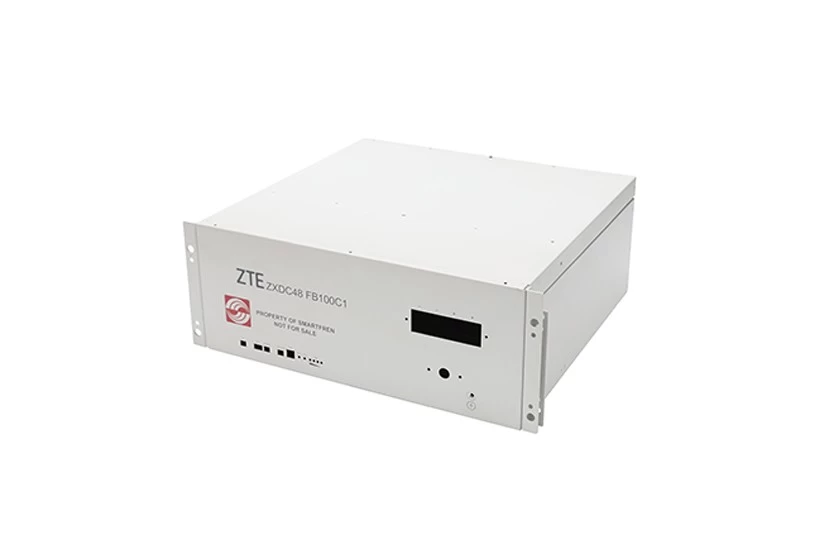Sheet Metal Fabrication for Medical Devices: Precision and Innovation in Healthcare
Sheet metal fabrication plays a critical role in the manufacturing of medical devices, where precision, durability, and compliance with stringent regulatory standards are paramount. The healthcare industry relies on a wide range of equipment and instruments, many of which are constructed using sheet metal. From surgical tools to imaging devices, the fabrication process must meet the highest standards to ensure safety, reliability, and performance.
The Importance of Sheet Metal in Medical Devices
Sheet metal is a versatile material that offers several advantages for medical device manufacturing. Its ability to be formed into complex shapes, combined with its strength and lightweight properties, makes it ideal for creating components such as enclosures, brackets, chassis, and housings. Additionally, sheet metal is compatible with various surface treatments, such as anodizing, powder coating, and electropolishing, which enhance its corrosion resistance and biocompatibility—essential qualities for medical applications.
Key Considerations in Sheet Metal Fabrication for Medical Devices
1. Material Selection:
The choice of material is critical in medical device fabrication. Common materials include stainless steel, aluminum, and titanium, each selected for its specific properties. Stainless steel, for example, is widely used due to its strength, corrosion resistance, and ease of sterilization. Aluminum is preferred for lightweight applications, while titanium is chosen for its biocompatibility and use in implants.
2. Precision and Tolerances:
Medical devices often require extremely tight tolerances to ensure proper functionality. Advanced fabrication techniques, such as laser cutting, CNC machining, and precision stamping, are employed to achieve the necessary accuracy. These methods allow for the creation of intricate designs and consistent quality across large production runs.
3. Cleanliness and Sterilization:
Medical devices must be free of contaminants and capable of withstanding rigorous sterilization processes. Fabrication processes must adhere to strict cleanliness protocols, and materials must be chosen based on their ability to endure autoclaving, chemical sterilization, or other methods.
4. Regulatory Compliance:
The medical device industry is heavily regulated, with standards such as ISO 13485 and FDA guidelines governing manufacturing processes. Sheet metal fabrication for medical devices must comply with these regulations, ensuring traceability, quality control, and documentation throughout the production process.
5. Customization and Innovation:
The healthcare industry is constantly evolving, driving the need for customized solutions. Sheet metal fabrication allows for the creation of tailored components that meet the unique requirements of specific medical applications. Innovations in fabrication technology, such as additive manufacturing and hybrid techniques, are further expanding the possibilities for medical device design.
Applications of Sheet Metal in Medical Devices
Diagnostic Equipment:
Sheet metal is used to construct enclosures and frames for devices like MRI machines, X-ray systems, and ultrasound equipment. These components must provide structural support while shielding sensitive electronics from interference.
Surgical Instruments:
Many surgical tools, including forceps, scissors, and retractors, are made from precision-formed sheet metal. These instruments require high levels of accuracy and durability to perform effectively in critical procedures.
Implantable Devices:
Certain medical implants, such as bone plates and dental fixtures, are fabricated from biocompatible sheet metal materials like titanium. These components must be designed to integrate seamlessly with the human body.
Portable Medical Devices:
Lightweight sheet metal is often used in the production of portable devices, such as infusion pumps and ventilators, where ease of transport and durability are essential.
Challenges and Future Trends
While sheet metal fabrication offers numerous benefits, it also presents challenges, particularly in meeting the ever-increasing demands for miniaturization and complexity in medical devices. Manufacturers must continually invest in advanced technologies and skilled labor to stay competitive.
Looking ahead, the integration of automation, artificial intelligence, and sustainable practices is expected to shape the future of sheet metal fabrication in the medical field. These advancements will enable faster production, reduced waste, and even greater precision, further enhancing the quality and accessibility of medical devices.
Conclusion
Sheet metal fabrication is a cornerstone of medical device manufacturing, enabling the creation of high-quality, reliable, and innovative products that improve patient care. By leveraging advanced techniques and adhering to strict standards, manufacturers can meet the unique challenges of the healthcare industry and contribute to the development of life-saving technologies. As the field continues to evolve, sheet metal fabrication will remain a vital component of medical device innovation.

